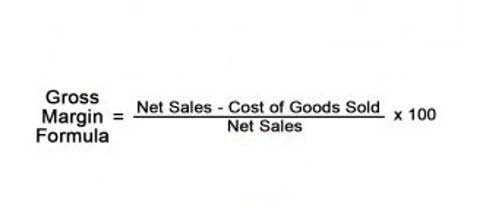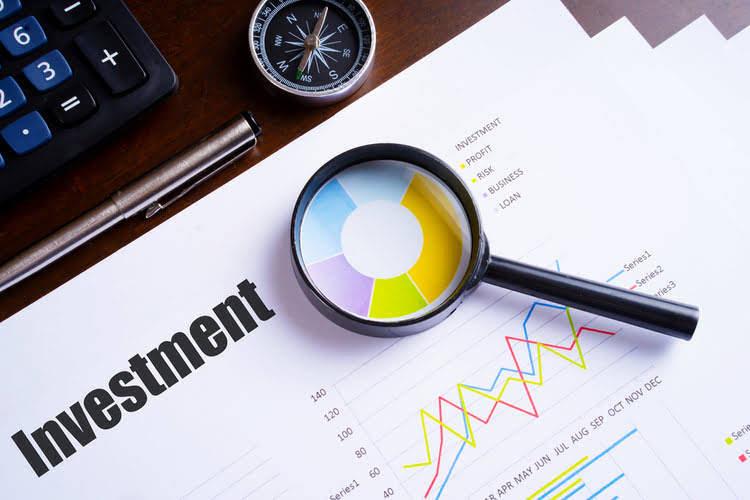
Such purchases require higher investments (generally financed by debt), increasing the current asset side. Instead, we should closely observe this ratio over some time – whether the ratio is showing a steady increase or a decrease. Instead, there is a clear pattern of seasonality in current ratio equations. You can find these details on the company’s balance sheet, usually under the “Current Assets” section. This is because inventory can be more challenging to convert into cash quickly than other current assets and may be subject to write-downs or obsolescence. However, similar to the example we used above, special circumstances can negatively affect the current ratio in a healthy company.

Current Liabilities
Company A has more accounts payable, while Company B has a greater amount in short-term notes payable. Businesses differ substantially among industries; comparing the current ratios of companies across different industries may not lead to productive insight. It also offers more insight when calculated regularly over several periods. That is, changes in the current ratio over how to figure current ratio time can often offer a clearer picture of a company’s finances. Public companies don’t report their current ratio, though all the information needed to calculate the it is contained in the company’s financial statements.
What is Petty Cash?

We do not include the universe of companies or financial offers that may be available to you. These are future expenses that have been paid in advance that haven’t yet been used up or expired. Generally, prepaid expenses that will be used up within one year are initially reported on the balance sheet as a current asset. As the amount expires, the current asset Accounting Security is reduced and the amount of the reduction is reported as an expense on the income statement.
How to Measure Market Efficiency
On the other hand, companies in industries with low inventory turnover, such as technology, may have higher current ratios due to the high value of cash and other liquid assets on their balance sheets. They include cash, accounts receivable, inventory, prepaid expenses, and other assets a company expects to use or sell quickly. These assets are listed on a company’s balance sheet and are reported at their current market value or the cost of acquisition, whichever is lower. It is only useful when comparing two companies in the same industry because inter-industrial business operations differ substantially. Hence, comparing the current ratios of companies across different industries may not lead to productive insight. Therefore, the current ratio is not as helpful as the quick ratio in determining liquidity.

What are Current Assets?
The debt-to-equity ratio divides total liabilities by total shareholder equity. This is a useful metric for comparing what a company owes (debt) to what it owns. The acid test ratio is a variation of the Certified Public Accountant quick ratio, but it doesn’t include inventory or prepaid expenses in the numerator. Seasonality is normally seen in seasonal commodity-related businesses where raw materials like sugar, wheat, etc., are required. Such purchases are done annually, depending on availability, and are consumed throughout the year.
Formula in the ReadyRatios Analysis Software
A more conservative measure of liquidity is the quick ratio — also known as the acid-test ratio — which compares cash and cash equivalents only, to current liabilities. You can calculate the current ratio by dividing a company’s total current assets by its total current liabilities. Again, current assets are resources that can quickly be converted into cash within a year or less, including cash, accounts receivable and inventories. The current ratio shows a company’s ability to meet its short-term obligations.

- It is easy to calculate the current ratio, but it takes a bit more nuance to employ it as a method of stock analysis.
- If a company’s current ratio is less than one, it may have more bills to pay than easily accessible financial resources with which to pay those bills.
- Various factors, such as changes in a company’s operations or economic conditions, can influence it.
- Our team is ready to learn about your business and guide you to the right solution.
- A current ratio above 2 may indicate that a company has many cash or other liquid assets that are not used effectively to generate growth or investment opportunities.
- The cash ratio measures liquidity by dividing cash and cash equivalents by current liabilities.
- However, special circumstances can affect the meaningfulness of the current ratio.
The current Ratio is one of the most vital calculations that lets you calculate the ability of a company to pay off its debts. While the current ratio at any given time is important, analysts and investors should also consider how the number has changed over time. As an investor, you should note that a current ratio may be “good” in one field and only “fair” (or poor) in another, and vice versa. The range and gauge of ratios will vary by industry due to the way each is funded, the rate at which cash cycles through, and other factors.
